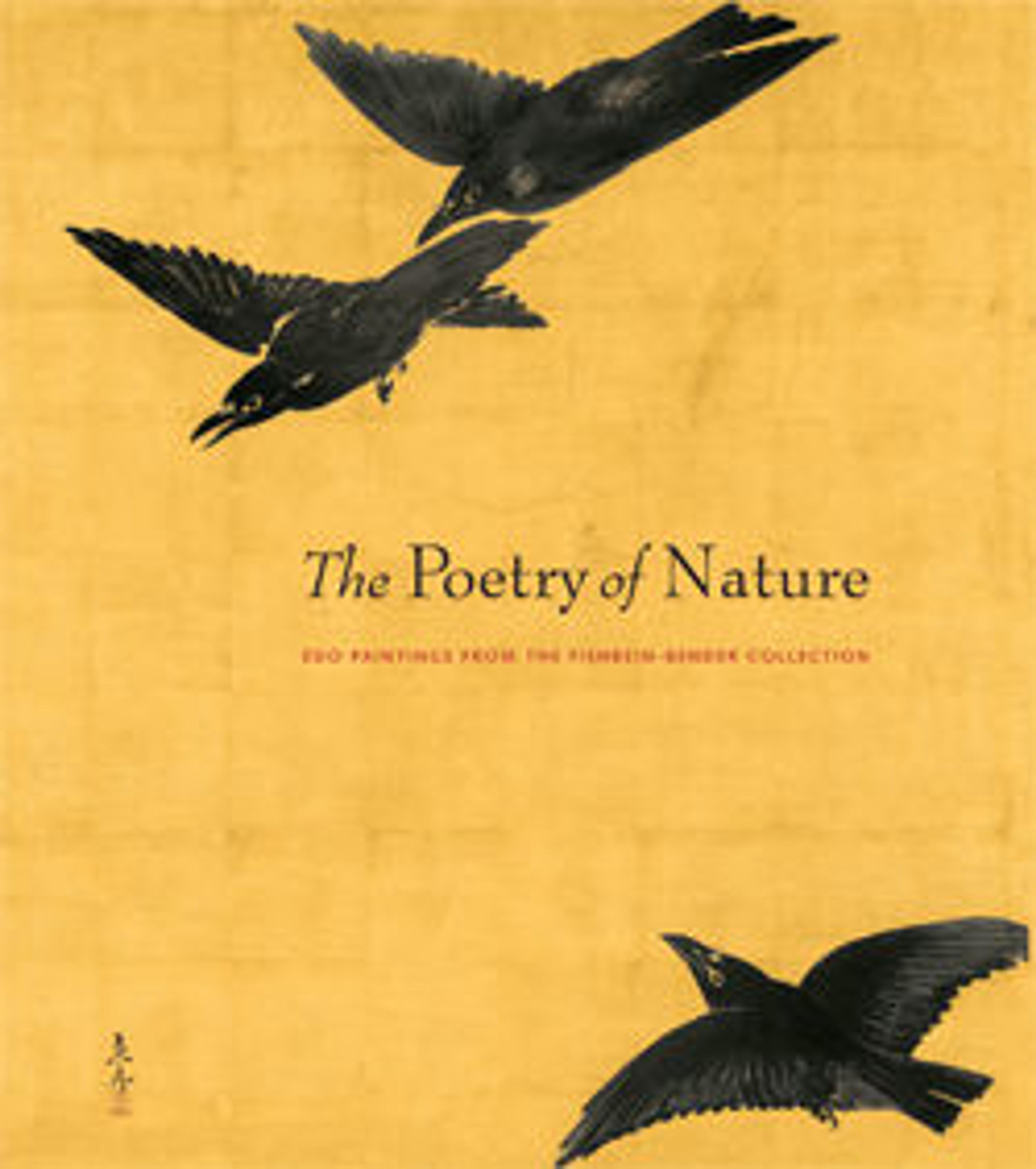Portrait of Bodhidharma
An influential monk and prolific painter, Hakuin Ekaku made striking and sometimes humorous pictures that played an important role in his teaching. Dozens of half-length portraits of Bodhidharma (Japanese: Daruma), the Indian monk credited with transmitting Zen Buddhist teachings to China in the sixth century, can be dated to the last few decades of the artist’s life. He brushed a variety of different messages on these pictures, the most common being four Chinese characters conveying a clear lesson: “Look inside yourself to become a buddha.” The inscription on this work communicates the same essential message but is more open-ended: “No matter how you see...” (どふ見ても). With this and a similar message found on other images of Bodhidharma--"No matter when you see..." (いつ見ても)--Hakuin encourages Zen adherents to awaken to the true nature of things, to perceive one's inherent buddhahood, no matter what it takes.
Artwork Details
- 白隠慧鶴筆 達磨像
- Title:Portrait of Bodhidharma
- Artist:Hakuin Ekaku (Japanese, 1686–1769)
- Period:Edo period (1615–1868)
- Date:mid-18th century
- Culture:Japan
- Medium:Hanging scroll; ink on paper
- Dimensions:Image: 46 1/4 × 21 1/4 in. (117.5 × 54 cm)
Overall with mounting: 74 × 27 1/2 in. (188 × 69.9 cm)
Overall with knobs: 74 × 30 in. (188 × 76.2 cm) - Classification:Paintings
- Credit Line:Gift of Florence and Herbert Irving, 2015
- Object Number:2015.500.9.3
- Curatorial Department: Asian Art
More Artwork
Research Resources
The Met provides unparalleled resources for research and welcomes an international community of students and scholars. The Met's Open Access API is where creators and researchers can connect to the The Met collection. Open Access data and public domain images are available for unrestricted commercial and noncommercial use without permission or fee.
To request images under copyright and other restrictions, please use this Image Request form.
Feedback
We continue to research and examine historical and cultural context for objects in The Met collection. If you have comments or questions about this object record, please contact us using the form below. The Museum looks forward to receiving your comments.
